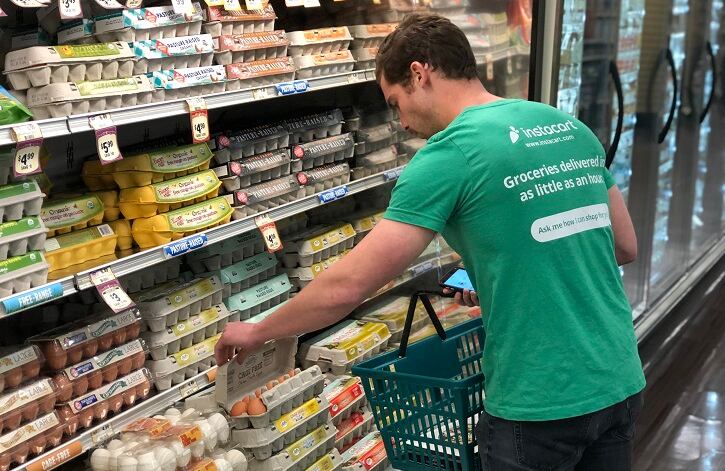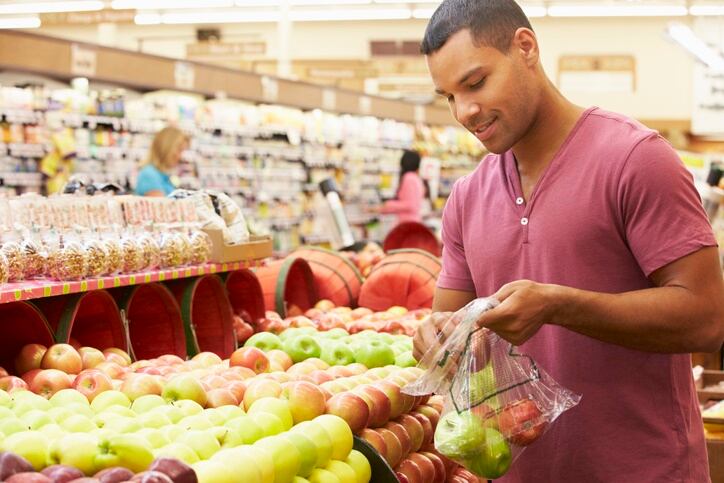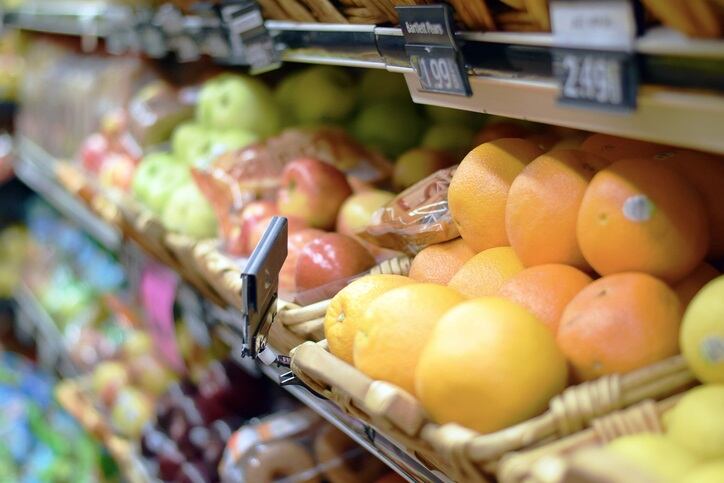While “keenly focused on the present” need to provide a safe working and shopping environment, Sprouts Farmers Market's CEO Jack Sinclair told analysts during the company’s recent Q1 investment presentation that the retailer also is building a strategy for future growth that takes into accounts for consumers’ “new normal.”
“I believe there are always opportunities to be found in a crisis, and we are making sure to learn from this one … [to] help us become more efficient in the future,” he explained.
With this in mind, he connected lessons and changes brought about by the coronavirus outbreak to each of the five prongs in Sprouts’ growth strategy, which includes: winning with the target consumer, refining the brand and marketing approach, updating store formats and expanding in select markets, increasing efficiencies in fresh distribution centers and delivering on financial targets and box economics.
Targeting health enthusiasts and innovation seekers
Sprouts’ growth strategy begins with the consumer and better understanding and targeting their needs, Sinclair said.
“We found we over-indexed to two specific groups, health enthusiasts and innovation seekers, and this is where our future path will focus. Though these consumers look for better-for-you options and innovative products to support their healthy lifestyle, we found we had significant headroom with these target groups to capture new customers,” he said.
For example, he noted, “we can double our business by capturing just an additional 3% with our target consumer,” versus investing heavily in advertising aimed at deal-oriented consumers who only make up 6% of the company’s base.
In addition, Sprouts “will lean into more brand building” via social, search, streaming media and more, and spend less on promotions.
“The Sprouts brand is loved by our customers that shop with us, but our brand recognition is low. We know we can grow our share of wallet by more effective and relevant brand recognition marketing initiatives,” he explained.
The company also will focus marketing on product differentiation, such as attribute-driven paleo, keto and plant-base products, which Sinclair said are a draw for target shoppers.
Smaller stores & contactless shopping
Before the coronavirus pandemic, Sinclair said that Sprouts noticed consumers gravitating towards smaller format stores and dipping their toe in ecommerce – two trends that he said he believes COVID-19 has accelerated.
“If the COVID-19 crisis has made me rethink anything in our strategy, it is how we can create seamless and contactless connections outside the store using e-commerce. I do believe COVID-19 accelerated e-commerce adoption in grocery that is likely to change the long-term trajectory in the United States, at least to a more elevated level than historical trends,” he said, adding that the adoption “could stick with many consumers as we exit this pandemic.”
For example, in April, Sprouts’ ecommerce sales increased more than 950% from last year, which prompted the company to expand its pilot pickup program to all of its stores over the next month, Sinclair said.
As the company expands its ecommerce offering, it will shrink its physical stores to an average of 21,000 to 25,000 square feet, which will require it to rethink layout and what products it carries.
“No category will be eliminated, but we will integrate changes to reflect our target consumer preferences. We are very excited to grow areas that our target consumers prefer, like produce, frozen and further expansion of center of plate proteins, all focused on a different product offering,” he said.
In exchange, “categories like deli will ... become more simplified.”
He explained, “COVID-19 gave us a glimpse into what this may look like. It highlighted that simplified pre-made items like salads sell and more complex costly salad bars may not be necessary in future models. As well, it has allowed us to see clearly where we could gain SKU optimization.”
The new format also will feature an innovation center “where our vendors can demo new products and incubator brands can display what is new and trending,” he added.
Other benefits of the smaller stores include lower rent and more efficient and less complicated production departments, he said.
New stores in select areas
Sprouts also will continue to expand in select markets, “based on an intersection of where our target customers live, the revenue potential and where our current and future [distribution centers] are and will be located,” Sinclair said.
By concentrating stores within 250 miles of distribution centers, if possible, Sinclair explained that he hoped to fix some of the supply chain challenges revealed by COVID-19 and to ensure that produce is as fresh as possible. Colorado and Florida are the first priorities followed by the Mid-Atlantic, he said.
“This may eventually lead to vertical integration in the long term and we will take advantage of cross-docking activities in the near term,” he added.
With this in mind, he connected lessons and changes brought about by the coronavirus outbreak to each of the five prongs in Sprouts’ growth strategy, which includes: winning with the target consumer, refining the brand and marketing approach, updating store formats and expanding in select markets, increasing efficiencies in fresh distribution centers and delivering on financial targets and box economics.
Looking at the strategy, which was laid out pre-coronavirus, through the lens of the current environment, Sinclair said he is “more confident about our growth potential in a post-COVID world. Our proposition of healthy, affordable food, supported by a compelling vitamin department and enhanced assortment in a smaller box will be exciting for our target customer in the future.”



